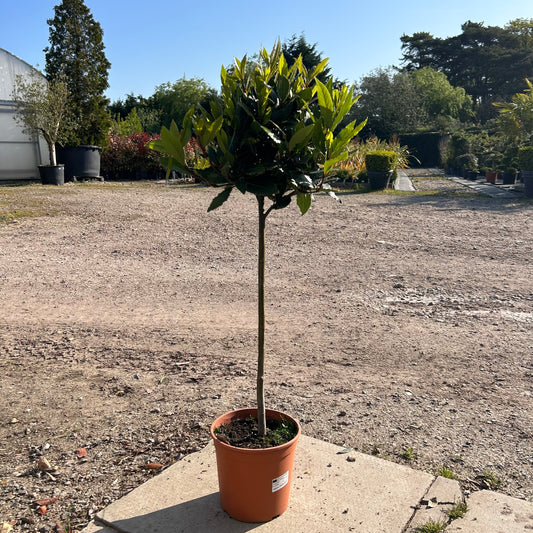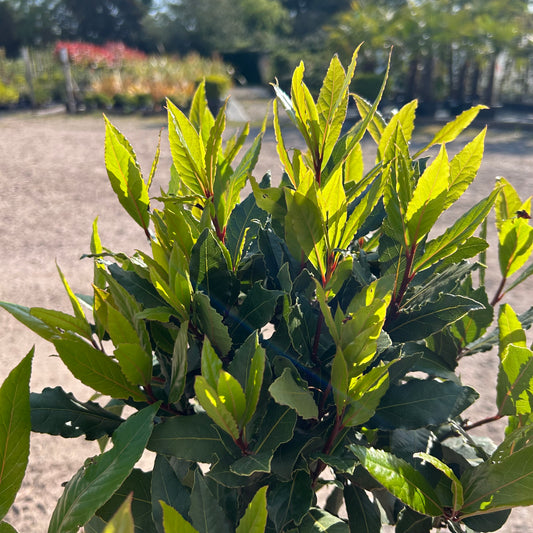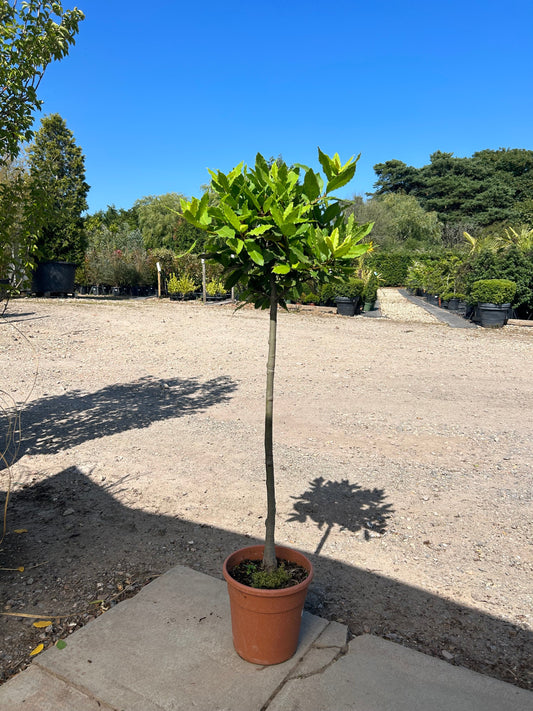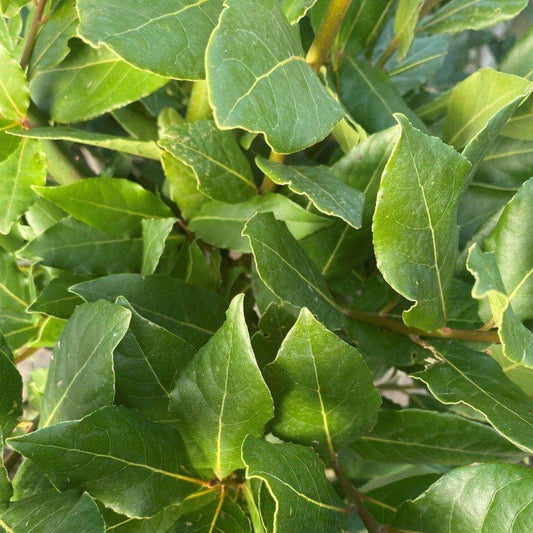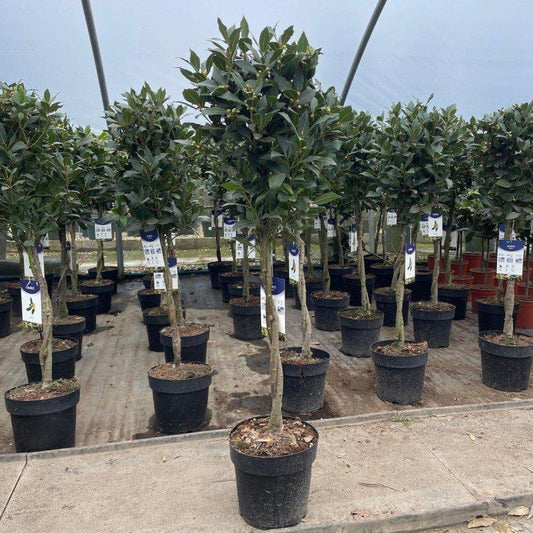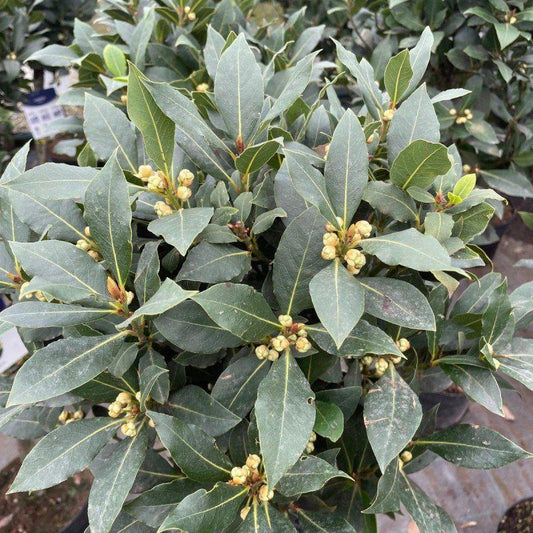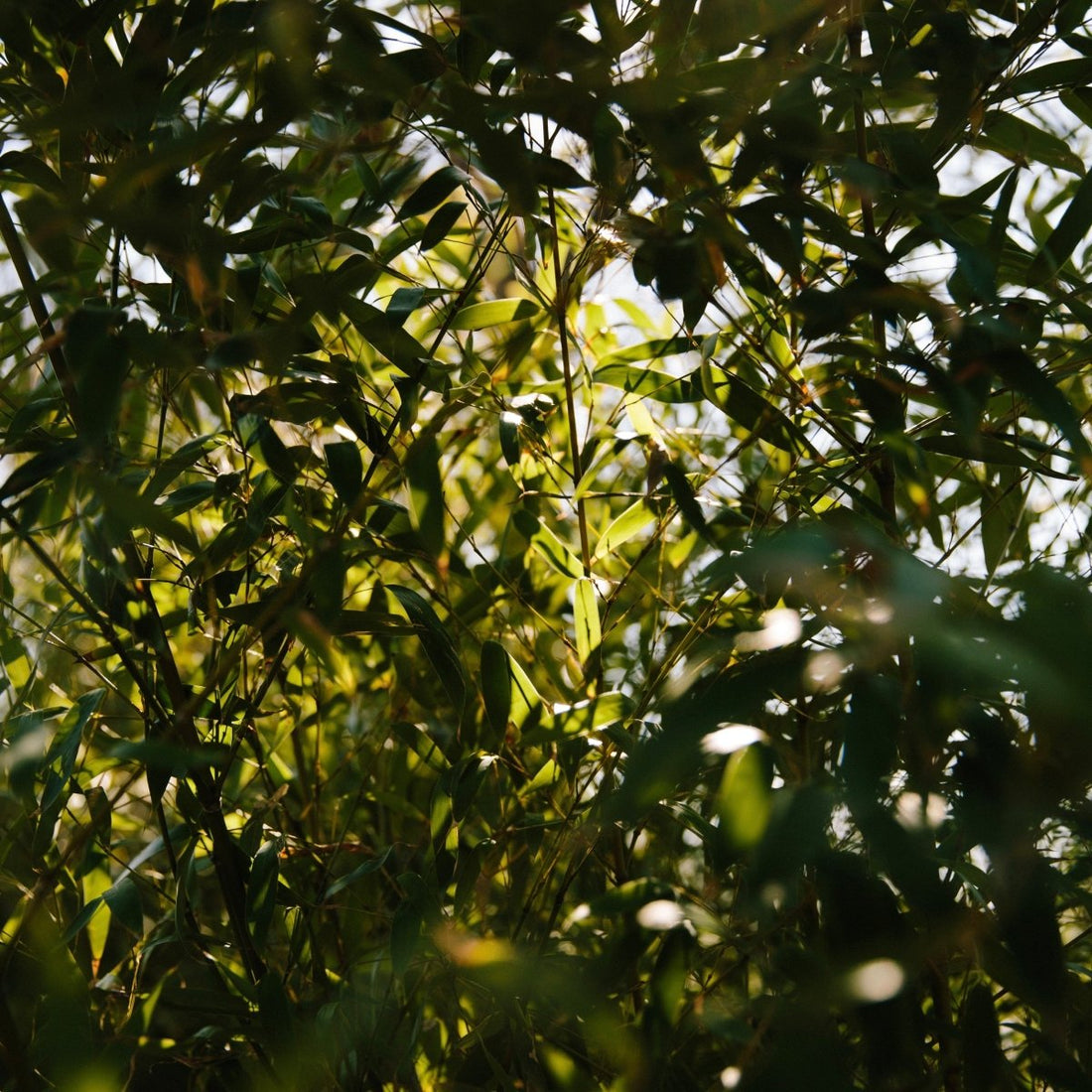Bamboo can be a stunning addition to UK gardens, offering both beauty and functionality.
Growing Fargesia nitida 'Black Pearl' and Phyllostachys species provides gardeners with versatile options that thrive in various conditions. These types of bamboo are not only visually appealing but also relatively easy to care for in the UK climate.
Fargesia nitida 'Black Pearl' is known for its graceful dark canes and lush greenery, making it a popular choice for those seeking an elegant touch.
In contrast, the Phyllostachys species bring a more towering presence with their tall, straight stems. With the right knowledge and care techniques, these bamboos can flourish in a garden setting, creating a serene and vibrant environment.
For those interested in adding bamboo to their landscapes, understanding their specific planting needs and maintenance requirements is essential.
Armed with the right information, anyone can successfully cultivate these striking plants and create an inviting garden.
Key Takeaways
- Fargesia nitida 'Black Pearl' offers an attractive option for UK gardens.
- Phyllostachys species can add height and dramatic structure.
- Proper care and planting techniques are crucial for bamboo success.
Understanding Bamboo in the UK Garden Context
Bamboo can thrive in various UK gardens when the right types are chosen.
This section looks at how climate affects bamboo growth and the differences between clumping and running bamboos.
Climatic Considerations for Cultivation
Bamboo needs specific climate conditions to grow well.
In the UK, Fargesia nitida, often known as the Black Pearl, is a popular choice because it is fully hardy. It can tolerate colder temperatures and thrives in either partial shade or dappled shade.
On the other hand, Phyllostachys nigra, known as black bamboo, prefers direct sunlight to reach its full potential. Both types can grow in well-drained soil that retains some moisture.
Gardeners should consider their local microclimate. Areas with good air circulation and protection from harsh winds help bamboo flourish. Regular watering will support growth, especially during dry spells.
The Distinct Characteristics of Clumping and Running Bamboo
Bamboo comes in two main types: clumping and running.
Clump-forming bamboos, like Fargesia nitida, grow in tight clusters. They are excellent for smaller gardens as they do not spread aggressively. Their slender canes have a graceful appearance and are easy to control.
In contrast, running bamboo, such as Phyllostachys species, can spread rapidly through underground rhizomes. This growth pattern makes them less suitable for confined spaces unless managed properly.
Clumping bamboos are generally better for ornamental use, while running bamboos can create privacy screens. Gardeners should assess their space before choosing which type to plant. Understanding these characteristics helps in selecting the right bamboo for any garden setting.
Planting and Caring for Fargesia Nitida 'Black Pearl'
Proper planting and care can help Fargesia nitida 'Black Pearl' thrive in UK gardens. With attention to soil preparation and ongoing maintenance, this fountain bamboo can enhance any landscape.
Optimal Planting Techniques
When planting Fargesia nitida 'Black Pearl', timing is essential. Spring or early autumn is ideal for planting, as the weather is mild.
This bamboo prefers well-drained, fertile soil enriched with organic compost.
The planting hole should be twice the width of the root ball but only as deep as the root ball itself. Space individual plants about 1.5 to 2 metres apart to allow for growth.
After planting, water the bamboo thoroughly. A layer of mulch will help retain moisture and suppress weeds. Fargesia 'Black Pearl' enjoys partial shade and does best when protected from harsh winds.
Maintenance and Growth Management
Fargesia nitida 'Black Pearl' is a low-maintenance plant. Regular watering is essential during dry spells, especially in the first year.
To support health and growth, additional organic compost can be added in spring.
Pruning is not strictly necessary, but if desired, it helps maintain the bamboo's shape. Removing any dead or damaged canes will enhance the overall look. It is important to keep an eye on rhizome growth, as these can expand.
In terms of hardiness, this bamboo can withstand temperatures as low as -25 degrees Celsius. This makes it suitable for various UK climates. It can also serve as effective hedging or screening in a garden setting.
Cultivating Phyllostachys Varieties Successfully
Growing Phyllostachys species requires attention to specific traits and needs. Understanding how to manage each variety ensures healthy growth and beautiful results. Here are key insights on Phyllostachys nigra, also known as black bamboo, along with its unique traits and growth requirements.
Phyllostachys Nigra: Managing the Black Bamboo
Phyllostachys nigra features upright canes that turn a striking purple-black with age. This variety typically reaches a mature height of 3 to 5 metres. Its growth habit is dense but not overly invasive, making it suitable for gardens with limited space.
To cultivate black bamboo, choose a sunny location with well-drained soil. Regular watering is essential, especially during dry spells. Watch out for slugs, as they can damage young shoots.
It’s important to provide some shelter from strong winds, which can break the delicate canes. Propagation can be done through cuttings or by dividing clumps.
Phyllostachys Unique Traits and Growth Requirements
Phyllostachys species possess distinct traits that impact their care.
Bright green evergreen foliage provides year-round interest in the garden. These bamboos thrive in full sun to partial shade, flourishing in moist, well-drained soil.
When choosing a specific variety, consider growth habit and mature height. Some species are more vigorous, while others maintain a compact form. For optimal growth, mulching helps retain moisture and suppress weeds. Regular pruning in late winter can encourage healthy new growth and maintain the desired shape. With proper management, Phyllostachys bamboo enhances any UK garden.
Purchasing Bamboo Plants and Necessary Supplies
When looking to enhance a garden with bamboo, careful selection of plants and proper supplies is essential. Knowing how to order quality bamboo and what materials are needed for care can lead to successful growth.
Choosing Quality Plants Online
Purchasing bamboo plants online provides a wide variety of options.
It is crucial to choose reputable suppliers, as quality directly affects growth. Look for sellers that offer detailed descriptions of their bamboo species, such as Fargesia nitida Black Pearl and different Phyllostachys varieties.
Pay attention to reviews and ratings from previous customers. Many suppliers provide free delivery on orders over a certain amount, making it a cost-effective choice. Ensure the plants are well-packaged to prevent damage during transit.
As bamboo may be sold as culms or entire trees, confirming the plant size is essential.
Essential Supplies for Bamboo Care
Once bamboo is purchased, several supplies are necessary for its care.
A quality potting mix that drains well is vital for planting, especially for bamboo varieties like Fargesia, which prefer moist soil. Consider adding mulch to retain moisture and suppress weeds.
Tools such as a trowel, pruning shears, and a watering can are also important. Regularly checking soil moisture ensures proper growth.
Fertilisers, like one high in nitrogen, can encourage healthy culms. Regular watering and appropriate sun exposure are crucial, especially in the early stages. These supplies will promote healthy growth and vibrant bamboo in the garden.
Frequently Asked Questions
This section addresses common inquiries about cultivating Fargesia nitida 'Black Pearl' and managing Phyllostachys species in UK gardens. Understanding optimal conditions, growth rates, and species suitability can enhance gardening success.
What are the ideal conditions for cultivating Fargesia nitida in the UK?
Fargesia nitida prefers fertile, moisture-retentive soil. It thrives in partial shade or full sun, provided the soil remains consistently moist. Additionally, good drainage is important to prevent waterlogging, which could harm the roots.
How can one manage the spread of Phyllostachys species in a UK garden?
Phyllostachys species can spread rapidly through rhizomes.
To manage this, gardeners should install root barriers to contain growth. Regularly monitoring and controlling the bamboo's spread through cutting can also be effective in maintaining boundaries.
What growth rate can be expected from Fargesia nitida 'Black Pearl' after planting?
Fargesia nitida 'Black Pearl' typically grows to a height of 3 to 4 metres. After planting, it may take a couple of years to establish fully. Once established, it can show significant growth during the growing season.
How does Fargesia nitida 'Black Pearl' adapt to UK climate variations?
Fargesia nitida 'Black Pearl' is cold-hardy and can tolerate a range of UK climates. It generally prefers dappled shade and sheltered locations, making it suitable for various garden settings. Proper care during colder months can enhance its resilience.
Which species of Phyllostachys are most suited to UK garden environments?
Several Phyllostachys species are well suited to UK gardens, including Phyllostachys aurea and Phyllostachys nigra. These species adapt well to the UK climate and offer aesthetic appeal. It is essential to consider their growth habits when selecting them for a garden.
What are the primary differences between Fargesia and Phyllostachys bamboos for UK gardening?
Fargesia bamboos are clump-forming and less invasive than Phyllostachys species, which can spread aggressively.
Fargesia is often preferred for smaller gardens due to its manageable size and growth pattern. In contrast, Phyllostachys may require more careful management to control its spread.


